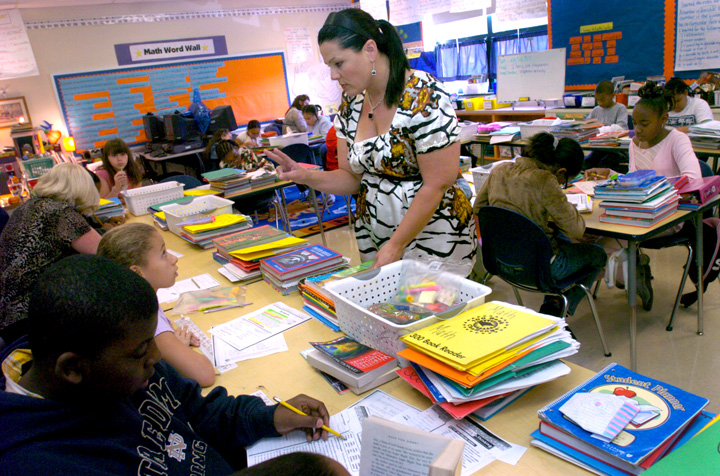Media

Philadelphia’s Education Crisis Worsens
More than 80 percent of 4th and 8th grade students in the School District of Philadelphia didn’t reach proficiency in math and reading, according to the Nation’s Report Card. When compared to other large cities, Philadelphia scores well below the average.
What does “proficiency” mean? Here’s the definition: “This level represents solid academic performance for each grade assessed. Students reaching this level have demonstrated competency over challenging subject matter, including subject-matter knowledge, application of such knowledge to real world situations, and analytical skills appropriate to the subject matter.”
So, 80 percent of students in Philadelphia public schools (excluding charters) are not meeting these criteria, indicating an ongoing crisis in the Philadelphia school system.
Critics will claim that Governor Corbett’s phantom education cuts are to blame. But state payments for public schools are at the highest level in the history of the commonwealth.
While the school district did lose overall funding, it was mainly due to the expiration of federal stimulus dollars, which were only temporary, and should not have been used to plug holes in a budget plagued by a structural deficit. Philadelphia already receives approximately the state average in education funding per student and higher than the average relative to other states. Funding is not the problem.
Pennsylvania does need a fair funding formula to improve education, but families and students should be the beneficiaries of funding, not bureaucracies.
Calls for real education reform to save students from failing schools have been met with vigorous opposition from unions. Whether it’s fighting to reduce teaching standards, continuing to defend outdated seniority rules or opposing school choice, government union leaders are front-and-center in the effort to block efforts to improve the educational system and perserve the status quo.
That has to change.